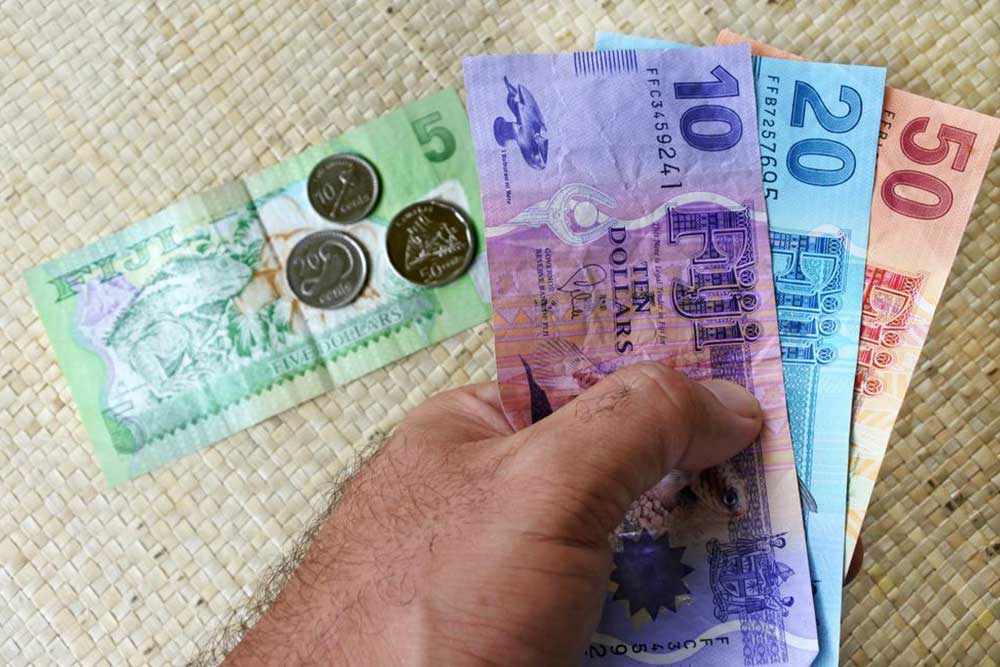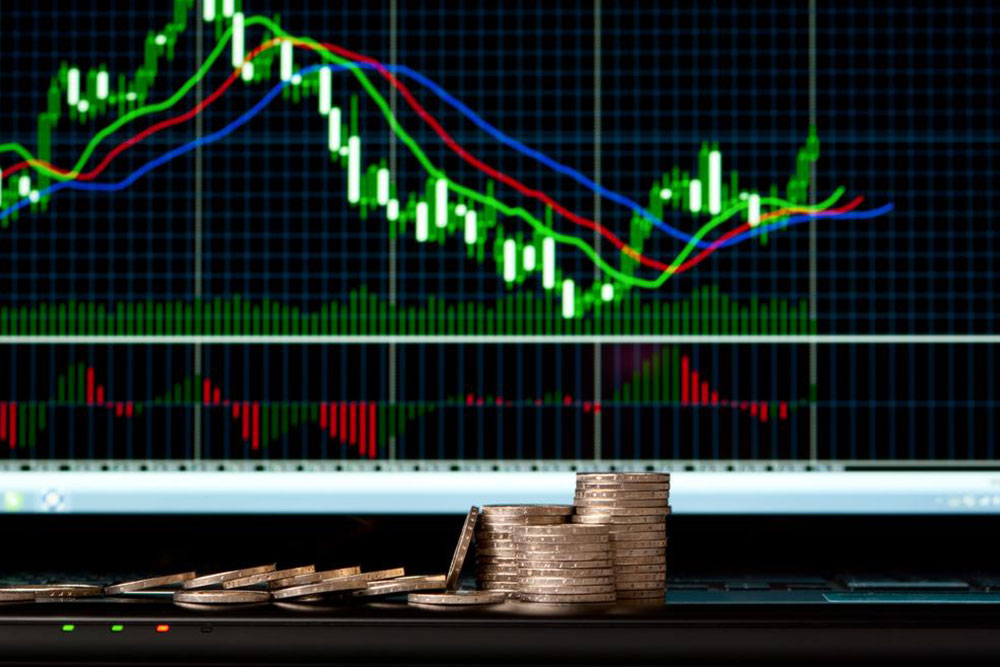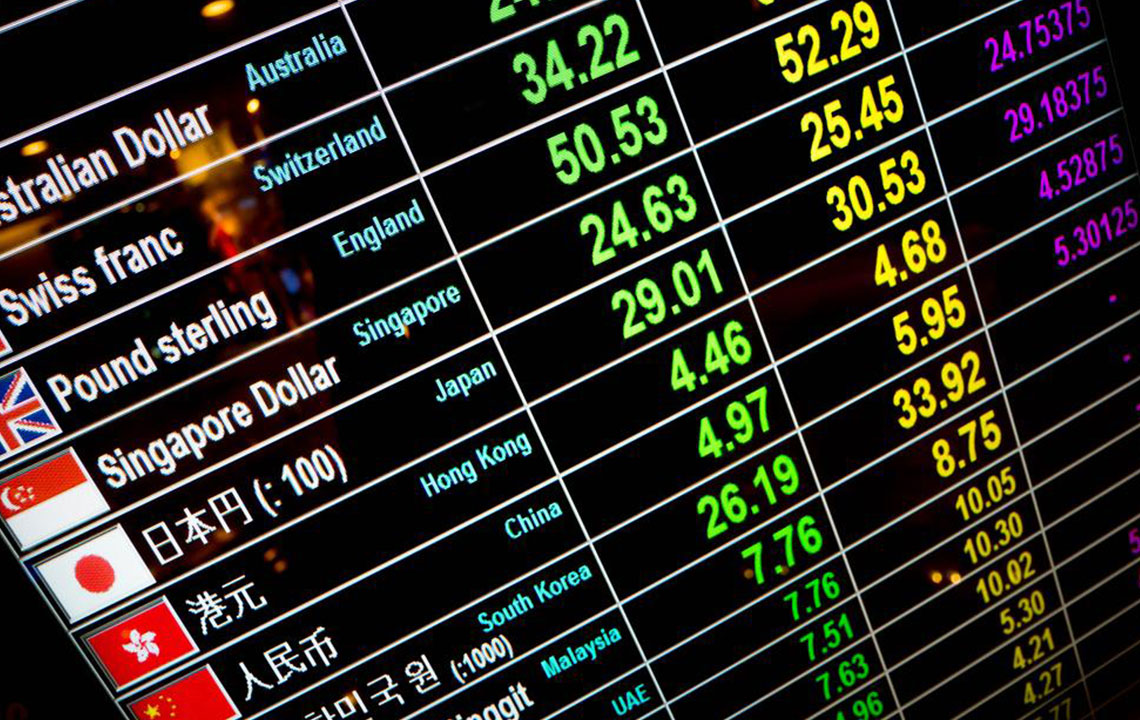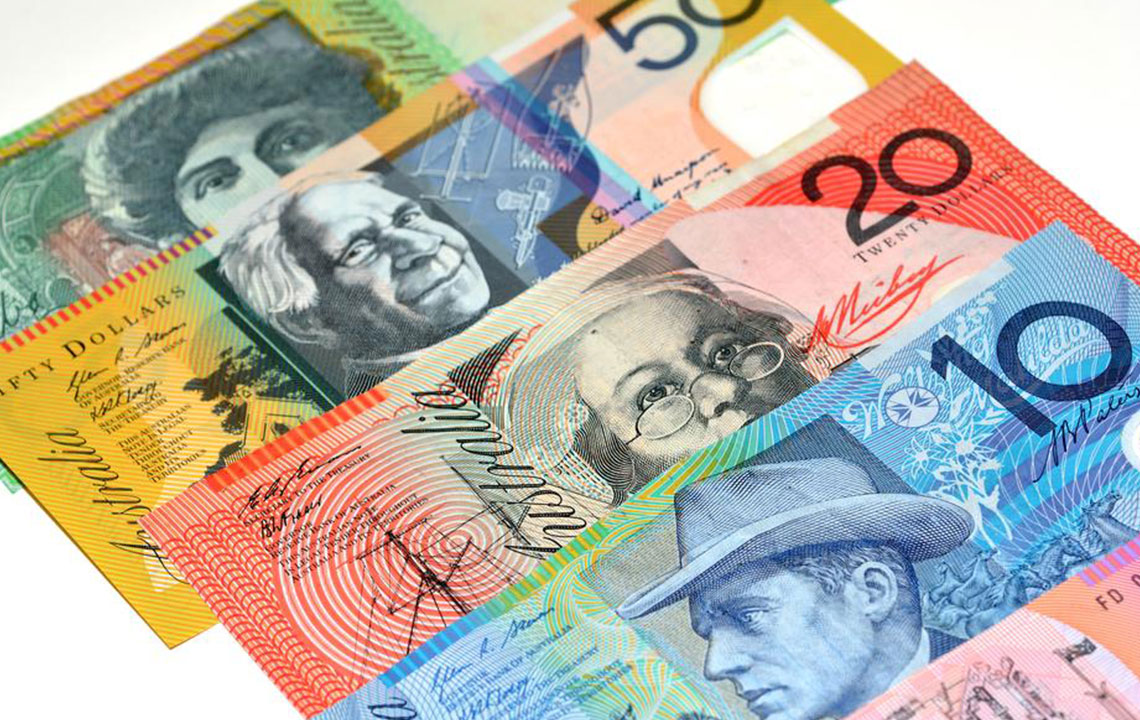Comprehensive Guide to Currency Market Trading: Insights, Mechanics, and Risks
This comprehensive article provides an in-depth overview of currency market trading, explaining its fundamental mechanisms, key participants, trading hours, risk management strategies, and costs involved. It aims to equip traders with essential knowledge to navigate the dynamic forex market effectively, emphasizing the importance of risk assessment and proper trading practices for success in this global financial hub.
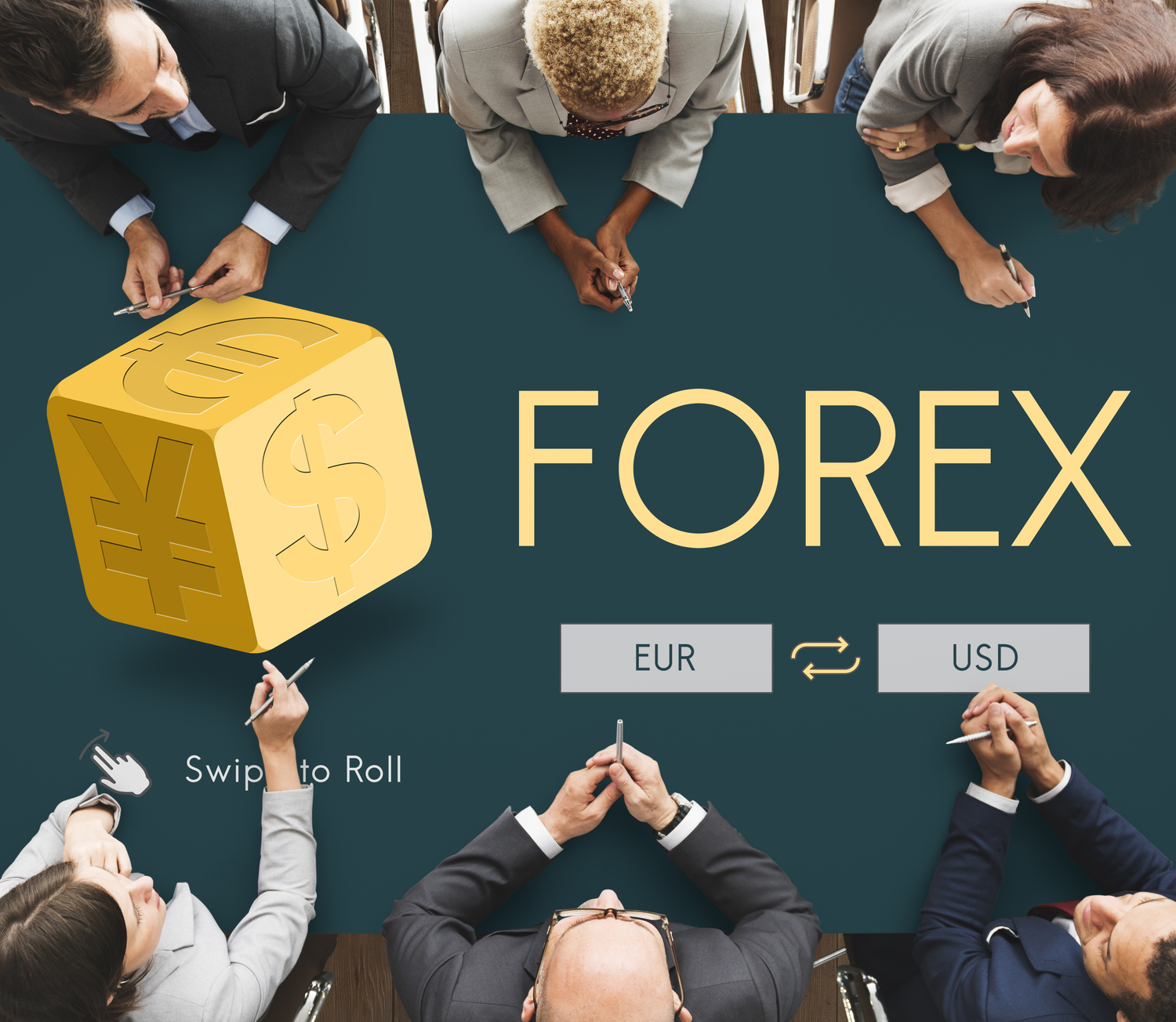
Comprehensive Guide to Currency Market Trading: Insights, Mechanics, and Risks
Introduction to Currency Market Trading
Currency trading, also known as foreign exchange trading or forex trading, is one of the most dynamic and liquid markets globally. Despite its prominence, many investors and newcomers may not fully understand what this market entails or how it operates. This detailed guide aims to shed light on the fundamentals of the foreign exchange market, exploring its mechanics, key participants, trading hours, risk factors, and essential strategies to navigate its complexities effectively. Understanding these core aspects can help traders make informed decisions, manage risks better, and seize opportunities in the fast-paced world of currency trading.
What Exactly Is the Currency Exchange Market?
The currency exchange market, often referred to as the forex or FX market, is a vast global financial platform where currencies are bought and sold against each other. Unlike other financial markets, such as stocks or commodities, the forex market is decentralized and operates over-the-counter (OTC), meaning that trades are conducted directly between parties through electronic networks or telephone. This decentralization contributes to its immense size and liquidity, allowing for rapid asset conversions and trading activities around the clock.
Size and Significance of the Forex Market
The forex market is the largest financial trading hub worldwide, with an estimated average daily turnover of approximately US$1.2 trillion. This colossal volume underscores its importance in global finance, making it highly influential on international economic stability.
Companies, governments, financial institutions, and individual investors participate actively in currency trading, reflecting its central role in facilitating international trade and investments.
Understanding Currency Pairs and Price Fluctuations
In forex trading, currencies are traded in pairs, such as Euro/USD, USD/JPY, or GBP/USD. When you buy a currency pair, you are simultaneously selling one currency to purchase another. The price of these pairs fluctuates continuously based on market supply and demand, influenced by economic indicators, geopolitical events, and social developments.
Is the Forex Market Centralized?
No, the forex market is not centralized like stock exchanges such as NYSE or NASDAQ. Instead, it operates as an OTC market, where trading occurs directly between parties across various financial centers worldwide.
This structure allows for continuous trading hours and high liquidity, making it accessible to traders in different time zones around the clock.
Major Participants in Forex Trading
While traditional dominance in forex was held by central banks and major financial institutions, the landscape has expanded significantly. Today, the market includes:
Central banks engaged in monetary policy interventions
Commercial and investment banks facilitating large transactions
Multinational corporations engaged in forex operations for hedging and transaction purposes
Fund managers, hedge funds, and institutional traders seeking profit opportunities
Individual retail traders accessing markets through online brokers
What Are the Trading Hours of Forex?
The forex market operates 24 hours a day, five days a week, aligning with the world's major financial centers. The trading sessions are segmented into four main periods:
Sydney session: Opens at 10 PM GMT and closes at 7 AM GMT
Tokyo session: Opens at 12 AM GMT and closes at 9 AM GMT
London session: Opens at 8 AM GMT and closes at 5 PM GMT
New York session: Opens at 1 PM GMT and closes at 10 PM GMT
These overlapping periods enable continuous trading, allowing participants worldwide to respond swiftly to economic updates, geopolitical crises, or social events that affect currency valuations.
Risks in Currency Market Trading
Trading in the forex market involves significant risks due to its inherent volatility. Currency prices can fluctuate sharply within very short periods, driven by various factors such as economic reports, central bank announcements, political upheavals, or social unrest. As a result, traders face the possibility of substantial gains or losses. To mitigate these risks, it's crucial for traders to:
Seek advice from qualified financial experts before trading
Use risk management tools like stop-loss and take-profit orders
Ensure brokers are regulated by authorities such as FCA, ASIC, or NFA for transparency and safety
Trade Duration and Strategies
Most forex trades are short-term, lasting typically less than a week. Many traders aim for quick profits within a day or two, while some may hold positions for weeks depending on their analysis and risk appetite. The strategy influences whether traders employ day trading, swing trading, or position trading approaches.
Orders for Managing Trades
Limit orders: Set buy or sell points at specific prices, enabling traders to capitalize on favorable market movements. For example, buying USD/JPY below a target rate or selling when the price hits a certain level.
Stop-loss orders: Automatically close a position when the price reaches a predefined threshold, helping traders limit potential losses during volatile periods.
Cost Structure of Currency Trading
Forex trading is primarily facilitated through brokers, who earn commissions or spreads on each transaction. These costs are usually embedded in the bid-ask spread, which is the difference between the buying and selling prices. Unlike stocks, physical currency exchange isn't involved; all trades are conducted digitally based on current market prices, and profits or losses are calculated in the trader’s account currency, typically USD or the trader's local currency.
Physical Currency Exchange — Is It Involved?
In forex trading, there is no physical exchange of currency notes or coins. All transactions are performed electronically, with traders speculating on price movements rather than exchanging actual banknotes. This digital nature allows for swift, seamless trading without the need for physical currency transfers, making forex highly accessible and efficient for traders worldwide.
